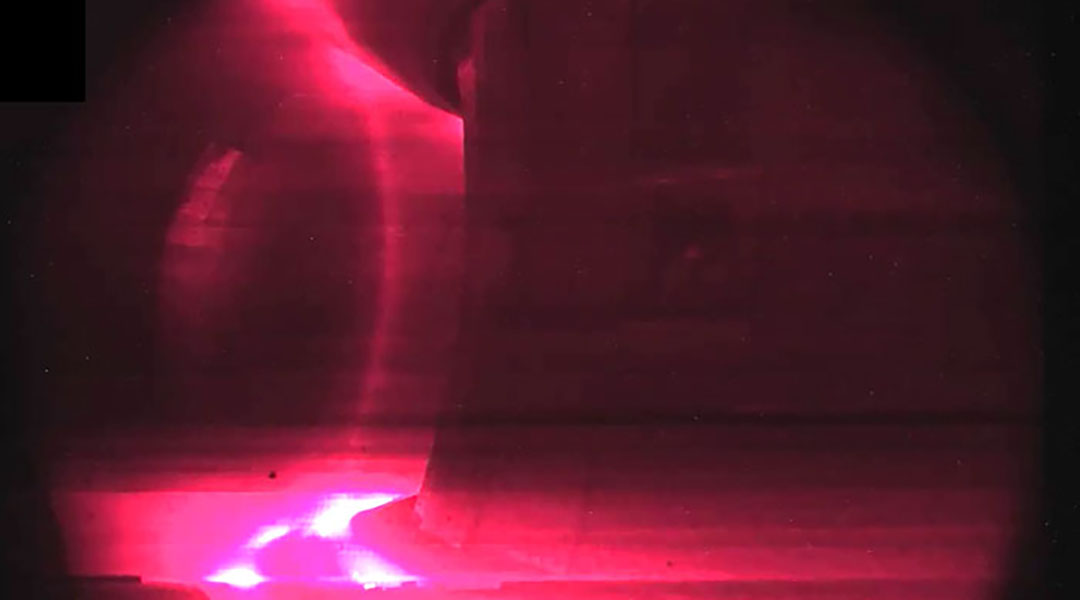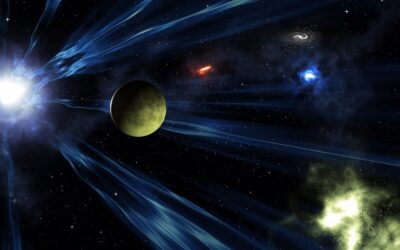Scientists have set a new record for generating and sustaining ultrahot plasma, the essential component for nuclear fusion, using the WEST tokamak reactor. This breakthrough brings us closer to harnessing energy from hydrogen atom fusion.
On February 12, WEST, located in Cadarache, France, was able to maintain blisteringly hot plasma for 1,337 seconds, 22 minutes, and 17 seconds. During the test, the plasma generated reached a temperature of 50 million degrees Celsius (90 million degrees Fahrenheit), around three times as hot as the Sun’s core.
The previous plasma duration record of 1,066 seconds, or 17 minutes and 46 seconds, was achieved in January 2025 by China’s EAST tokamak. That means WEST, operated by Commissariat à l’énergie atomique et aux énergies alternatives (CEA), has topped EAST’s achievement by 4 minutes and 29 seconds — a significant 25% improvement in plasma duration time.
The development is a major milestone in the quest to develop nuclear fusion as a viable method of clean and efficient energy. That’s because fusion generators like the International Thermonuclear Experimental Reactor (ITER), currently under construction in southern France, will depend on the ability to maintain plasmas for long periods of time.
“This leap forward demonstrates how our knowledge of plasmas and technological control of them over longer periods is becoming more mature, and offers hope that fusion plasmas can be stabilized for greater amounts of time in machines such as ITER,” said a statement from the CEA.
WEST tokamak has real star power
Nuclear fusion is the process by which all stars, including the Sun, generate the energy they radiate. If used on Earth to generate power, fusion uses even fewer resources and less fuel than nuclear fission, which humanity uses in current nuclear power plants, and unlike fission does not produce long-lived radioactive waste.
Nuclear fission releases energy by breaking apart atoms of heavy elements, while fusion is almost the reverse of this, bringing together atoms of lighter elements to forge heavier elements with the difference in mass between the starting two atoms and the daughter atom released as energy. Most of the Sun’s energy is generated in its core, where hydrogen, the lightest element in the universe, is fused to create helium — the cosmos’ second lightest element.
Bringing this fusion process “down to Earth” is no mean feat. That is because it takes place in the 15 million degrees Celsius (27 million degrees Fahrenheit) temperatures of the Sun’s core, where naturally unstable plasma is confined and maintained by the huge mass and gravity of the Sun.
That solar mass of 2 x 10³⁰ kg (20 followed by 29 zeroes) and the gravitational force it generates aren’t replicable here on Earth, so scientists have to find another way to generate and maintain plasma in which fusion can occur. One approach is “magnetic confinement fusion,” a technique in which powerful magnetic fields hold plasma in a torus as it is heated until hydrogen begins to fuse.
However, to achieve fusion in the absence of the intense gravity of the Sun, tokamaks have to generate temperatures much higher than those of our star’s core in their donut-shaped plasma chambers. For instance, when operational, the ITER Tokamak will generate temperatures of 150 million degrees Celsius (270 million degrees Fahrenheit) — that’s ten times the temperature at the heart of the Sun.
All this requires a great deal of energy to be used by tokamaks, so the ultimate aim is to get more energy out of fusion than has to be put in. That means keeping plasma stable for long durations while ensuring that all plasma-facing components of the tokamak are able to withstand its radiation without polluting it or malfunctioning.
“WEST has achieved a new key technological milestone by maintaining hydrogen plasma for more than twenty minutes through the injection of 2 megawatts (MW) of heating power,” said Anne-Isabelle Etienvre, Director of Fundamental Research at the CEA. “Experiments will continue with increased power. This excellent result allows both WEST and the French community to lead the way for the future use of ITER.”
The next steps for the CEA and WEST will be to double down on its plasma duration record by sustaining this ultra-hot gas for periods reaching a few hours. While doing this, the operators of WEST will also attempt to push the temperature of the plasma it generates to those required to achieve fusion here on Earth.
Feature image: The plasma record reached a temperature of 50 million degrees. © CEA














